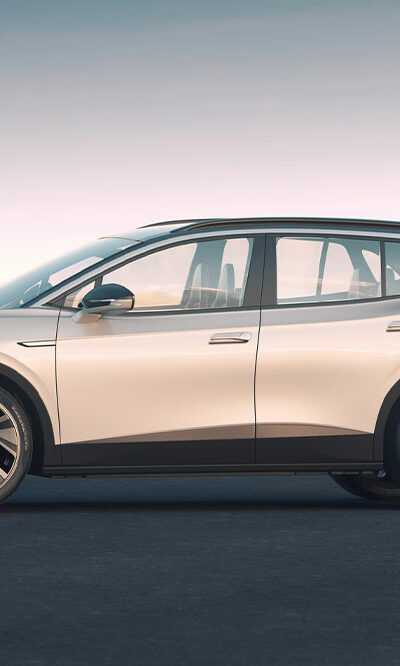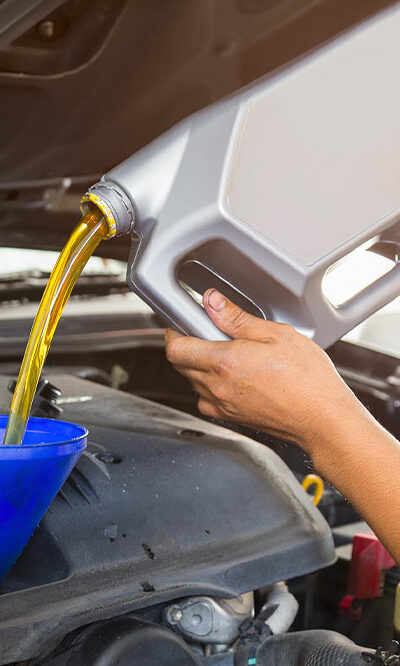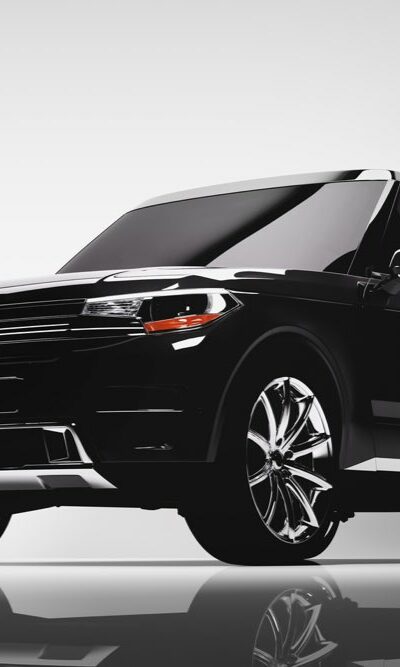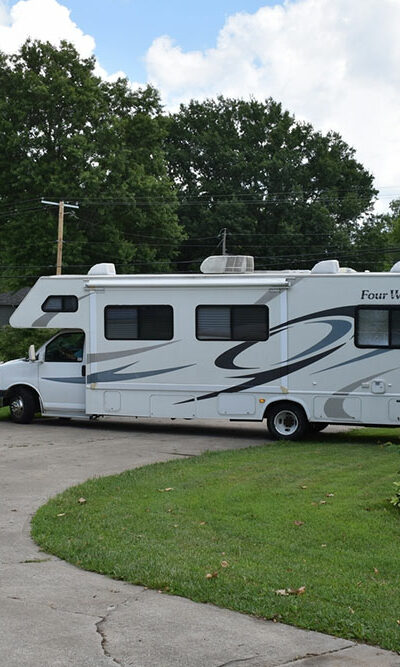
4 ways to get the best price when selling a truck
Planning to sell your truck but are confused about the asking price? Well, that is just one of the many factors that you need to consider before listing the vehicle for sale. With the auto market being saturated with preowned and unsold vehicles, paying attention to details can make all the difference if getting a good price for your truck. Here are a few ways to get the highest price for selling your truck: Negotiate with the buyer Don’t say yes to the first deal or offer by the buyer. Always wait and compare the market rates to find the best price for your truck. Being impatient will only make it more difficult to get a decent profit on the deal. Consider a private sale Dealerships can haggle aggressively, so you won’t get the best trade-in value for your truck. So, it is better to compare private-party deals as you will find a significant difference in the trade-in value and the private offer. Why should you miss out on that extra cash simply because you want to avoid the hassle of paperwork and documentation? So, consider organizing a private sale. Determine the true value Before you decide on a price point and sell your truck, you should get a professional appraisal to determine the value of the truck in its present working condition. Websites like KellyBlueBook and NADAguides can offer benchmarks to come up with a valid price tag for your truck. You can make the most of this information and work with the appraiser to set a competitive price. This number is a good starting point for negotiations. You should keep some wiggle room when setting the price. Advertise the sale Make the most of free and paid social media online tools to generate a buzz for your truck.










